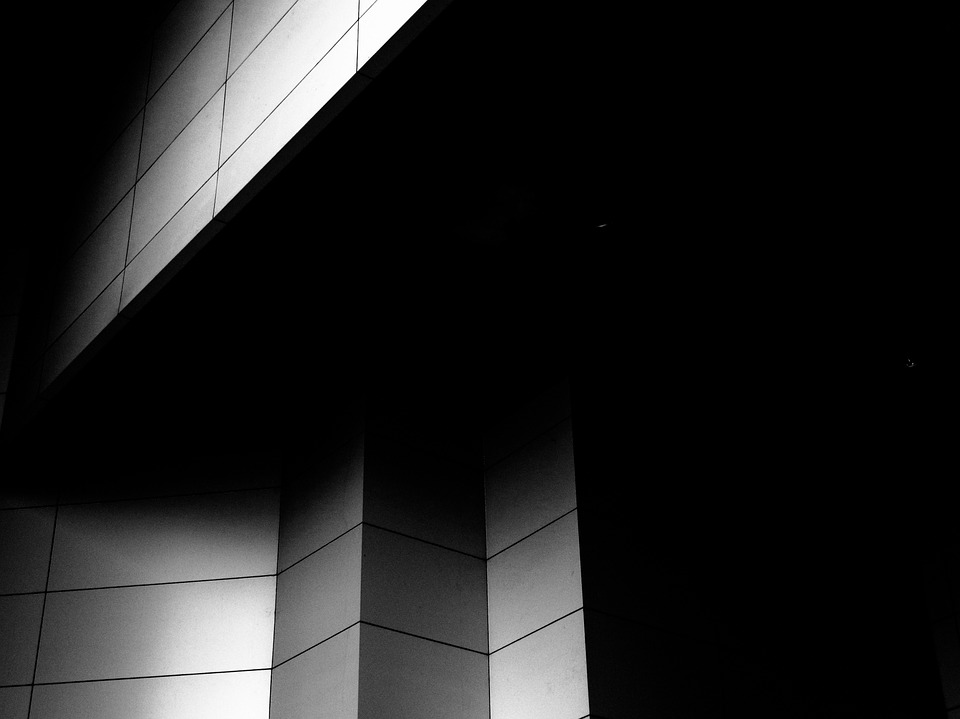DO Keep A Light Touch
The adage “less is more” was written about the joint compound, or at least it should have been. Thin coats of the compound are easier to manipulate and easier to sand, leaving a more professional finish. When you are applying it, try a feathering technique. This requires holding the putty knife at a 70-degree angle and then bearing down on the outer edges of the patch while maintaining a lighter touch over the hole itself.
DON’T Skip Sanding
While you might not be so keen on the idea of sending multiple times, this can provide a finish that makes it difficult to discern where the hole ever was. Take your time through this process. After the area has dried, begin the process with a finer grit paper (100-120 usually). After you’ve sanded once, add a fragile layer of new compound (mud), stretching out a couple of inches beyond the old patch. Once this is dry, sand it again.
DO Wear PPE (Personal Protective Equipment)
Drywall compound sheds off in fine particulates when you are sanding. This dust is very harmful to your lungs. It is important always to wear a dust mask when you are sanding. It is also advisable during this process to wear some disposable gloves, as gypsum dust can have a dehydration effect on your skin.
DON’T Skip Inspections
Now you think you’re done. But, unfortunately, you still aren’t out of the woods just yet. You have to run your hands across the repair area and make certain that it feels just as smooth as the wall around it. Place your head against the wall to sight down and see that there are no noticeable humps that require further sanding.
Once all of that has passed your final inspection, you are ready to prime and then paint it. Now everything looks just like it did when it was first constructed, and no one has to know your patching secret.
What is the best tool or cutting drywall? I have to cut out a portion to install studs for anchoring.
No matter the reason that you would need to cut installed drywall in your home, your primary focus has to be the minimalization of the dust. Preferably a jab saw can do the job well and keep the overall dust levels down. It also allows you more control of the cut so that you can be more mindful and careful of potential power and water lines running behind the wall. It is advised that you follow along with the cut you are making (with your free hand) with the nozzle of a shop vac. This will take care of a lot of the present dust in the air before it has a chance to spread out. Fit your jab saw with a metal blade for an even more precise (and less dusty cut). Follow up on your finished hole with a utility knife to clean up the edges of your cut.
If you are cutting drywall before installing it, or even to patch up a damaged area, you should be using a utility knife in combination with a drywall square (usually 48 inches). Using the square, mark out all of the lines to be cut. Follow these lines with your utility knife in a scoring motion, ensuring that you are penetrating deeply enough to reach the gypsum core. Your next step is snapping the panel on the score marks and dressing up the loose paper on the side you didn’t score. For more final-stage adjustments and beautiful detailing, consider a rasp to grind down the drywall to the exact dimensions and look required.
Guest post by Drywall Vancouver. Click here to book a free consultation for any drywall repairs you may need.
Drywall Vancouver
82 E 37th Ave, Vancouver, BC V5W 1E2
(604) 229-3691

